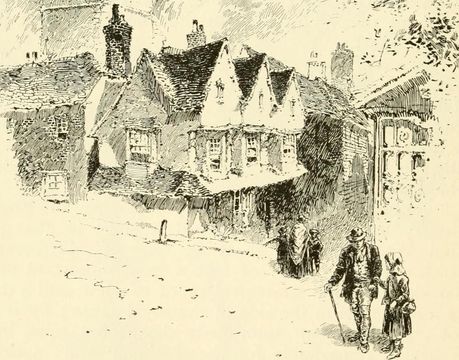
Image from page 71 of "Coaching days and coaching ways" (1893).Flickr
Ancient inns along traditional routes offer history, time-honored fare, and a few resident haunts. But it wasn't until the Flying Machine arrived that inns opened up to the masses - here we look at the influence of the coaching inn.
Long before the development of the roadside motel, travelers had to use a different method to get adequate rest. Travelers (and their horses) used coaching inns to get food, alcohol, and rest. Initially only the wealthy could travel, but suddenly in 1667 everything changed.
In 1667, a startling notice with an unimaginable proposition appeared on the streets of London; Flying Machine.
Thus began England’s first regular stagecoach service. Coaches had been braving England’s roads since at least 1500, however, and innkeepers who offered food, shelter and fresh horses already enjoyed a lively trade. Their coaching inns became a familiar sight after the London-Bath route proved profitable and more routes opened.
Read more
By the mid-18th century, England was crisscrossed with coach routes, and hundreds of inns were spread out at seven to 10-mile stages across the land. The coach stopped at the end of each stage to change horses and allow passengers to refresh themselves.
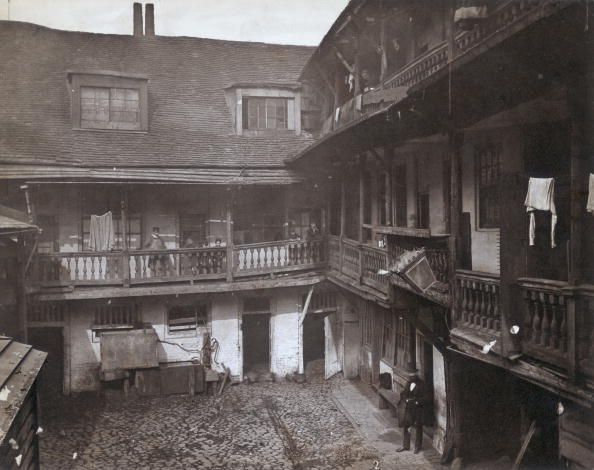
The Great North Road
The Great North Road was crucial to the history of coaching inns. Along this road that linked London, York, and Edinburgh, coaching inns provided refreshment, lodging, and fresh horses for weary travelers. Today, the A1 motorway runs along the same route as the Great North Road.
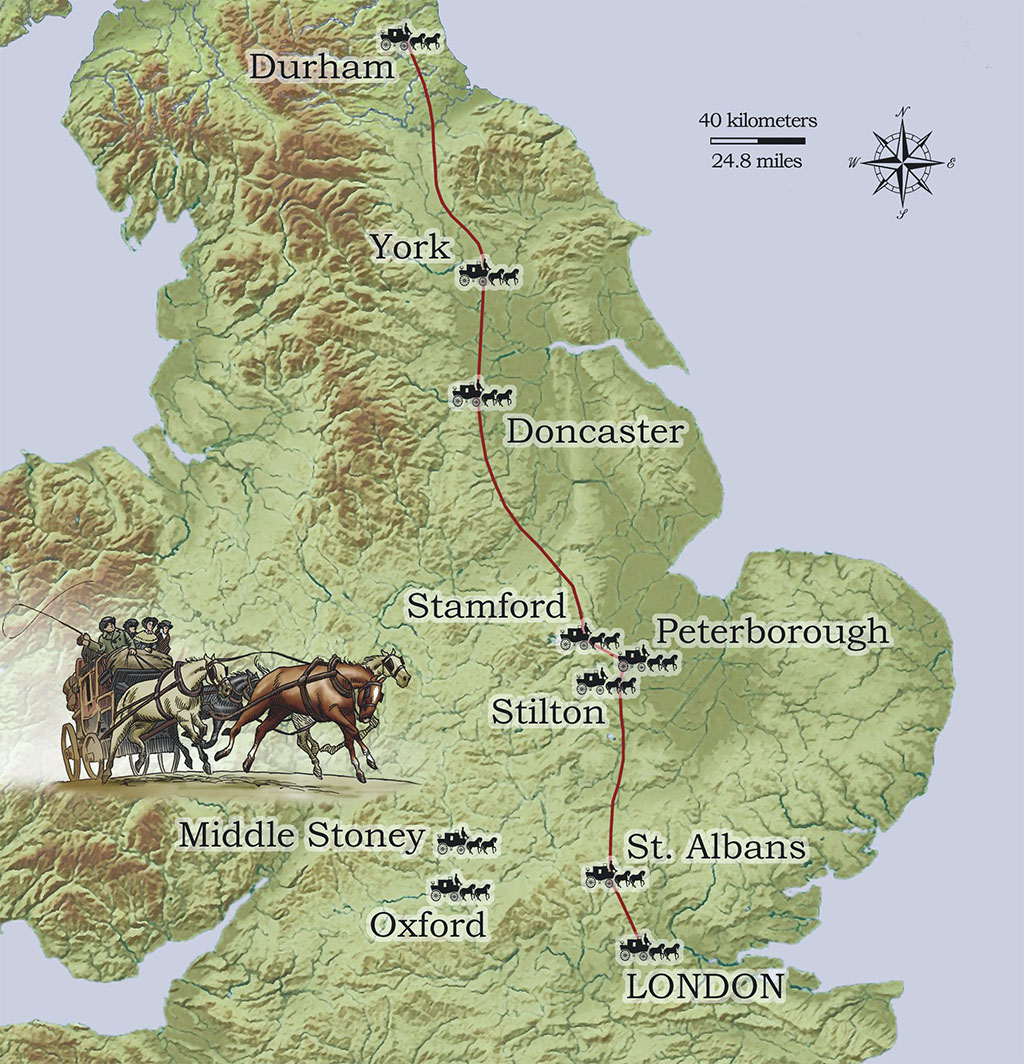
Sean McLachlan
From Cambridgeshire to Stilton
Once on the A1, a 70-mile drive through rolling Cambridgeshire countryside leads to Stilton. This quiet village once offered two major inns, The Bell and The Angel, across the street from one another. While The Bell remains an inn, The Angel has become that other symbol of British hospitality - a curry restaurant.
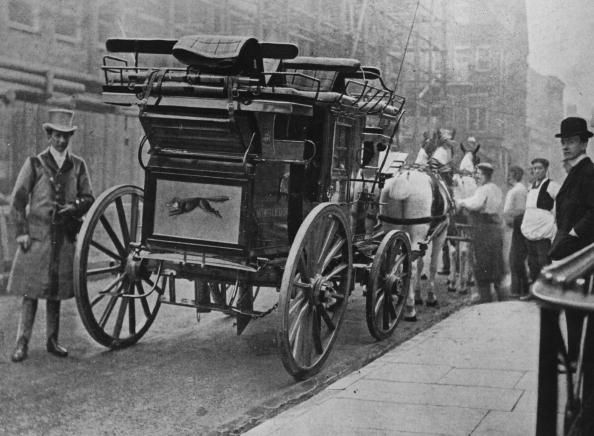
A Stage Coach
The Bell gained fame for being the original source for Stilton cheese. In 1730, owner Cooper Thornhill discovered nearby farmers making a distinctive blue cheese and decided to sell it to travelers. The Bell’s location on England’s main thoroughfare helped spread the word, and today the inn’s restaurant features dishes made with the famous cheese.
The Bell dates from 1642, the very beginning of the coaching age, but there’s a record of an inn on this site serving hardy travelers as early as 1500. The inn has housed a host of famous guests over the years, including Dick Turpin, who hid out there for six weeks before being discovered. His hideout is now the lounge, and still features the back window from which he jumped to freedom.

The Bell Inn
Arriving to Stamford
The next stop is Stamford, where The George Hotel has been serving travelers for about 1,000 years - although most of the visible building is 18th-century. The garden dates to the Middle Ages when it was used by the hospital for the Knights of St. John of Jerusalem. In its heyday, The George was one of the busiest inns in England. To either side of the main door are two other doors, marked “London” and “York,” remnants of the two waiting rooms from the coaching days.

The Old George Inn
The curse of Claude Duval
While Flying Machines took three days to get from London to Bath, a modern driver can make it in two hours.
The journey, however, could be treacherous. Highwaymen would regularly position themselves on advantageous positions throughout the route, ready to rob any unsuspecting travelers along the way. Claude Duval was a well-known highwayman, famous for accosting travelers with an unusual sense of nobility and a lack of violence. It was even rumored that Duval wouldn't rob female travelers provided they would dance with him. The mythical figure was eventually executed, but his legend lives on.
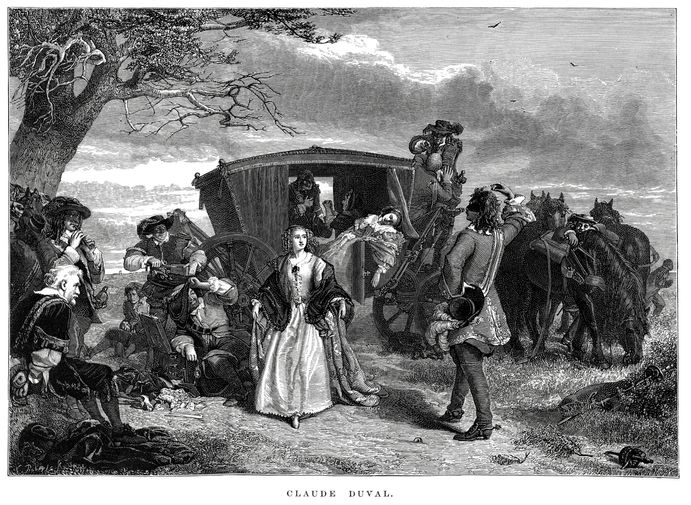
Claude Duval
While coaching inns are a thing of the past, their influence on the modern day is clear to see. Travelers today will stay in luxury hotels, motels, and B&Bs. Coaching inns paved the way for these kinds of things to exist, and their influence deserves to be recognized.
* Originally published in July 2016.





Comments